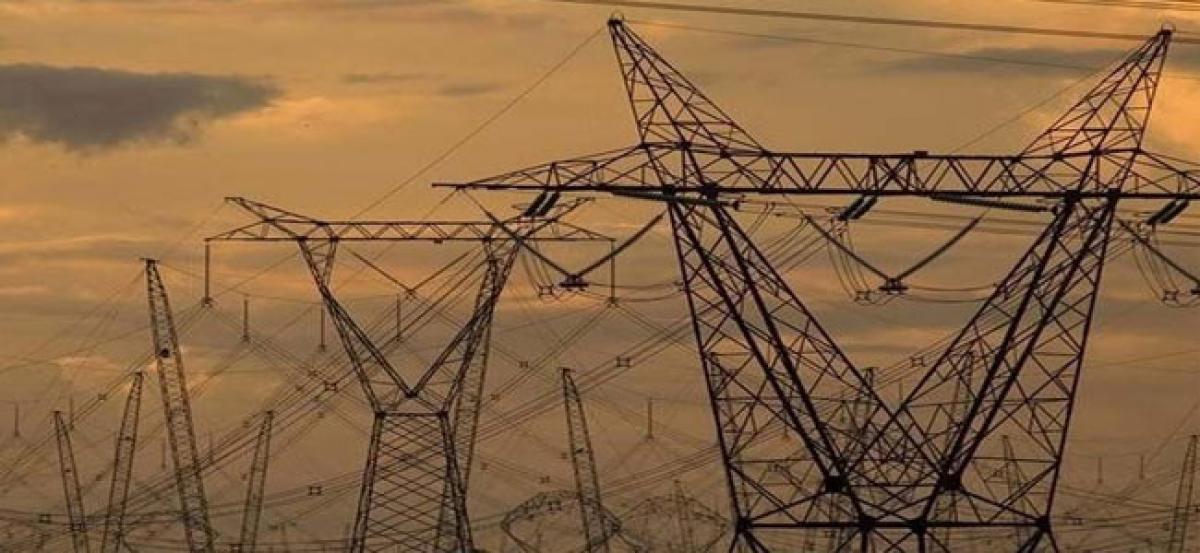Live
- Historic Temple In Sambhal Reopens After 46-Year Closure Following 1978 Riots
- Officials directed to work for deeper reach of guarantees
- Exhilarating ‘Benchmark’ of Venkat Changavalli
- Development activities worth `30 cr launched in Puthalapattu constituency
- Allegations against KTR baseless: BRS leader
- Megastar Chiranjeevi to Visit Allu Arjun’s Residence at 12 PM Today
- Nilima Rane: Trailblazer in Nursing
- Casual yet stylish office outfits for all-day comfort
- TTD to suspend all special darshans from January 10 to 19 amid Vaikuntha dwara darshans
- Naidu pats TDP leaders, cadres for enrolling 73L members
Just In

As per sub-section 2, of section 42 of the Electricity Act 2003, electricity consumers now have the right to procure power from the supplier of their choice other than their distribution company.
As per sub-section 2, of section 42 of the Electricity Act 2003, electricity consumers now have the right to procure power from the supplier of their choice other than their distribution company.
They can make use of the existing transmission and distribution infrastructure after paying appropriate charges determined by their respective State Electricity Regulatory Commissions (SERCs) E.g., under open-access a consumer in Tamil Nadu has right to select the source of supply form any generator. This generator may be generating power in Tamil Nadu or any other state in India.
Open Access was introduced in the Electricity Act to bring in competition into the sector, thereby benefitting the end consumer. Over the years, it has acted as a catalyst in bringing reforms into the sector by benefitting the players across the spectrum of value-chain from generators to suppliers to electricity traders to the end consumers. Any consumer having connected load of 1 MW and above can avail open access.
However, the State Electricity Regulatory Commission formulates and regulates the open access provisions at the state level, so the basic eligibility to avail open access may vary from state to state.
While most of the states have still kept 1 MW as the minimum load to participate in open access, states like Tamil Nadu, Uttarakhand, Haryana and Andhra Pradesh have reduced it to 0.1 MW. Thus, primarily the industrial and commercial consumers like office complexes, hotels, hospitals, shoping complexes and other large establishments can make use of Open Access, according to Clickpower.in.
On the basis of location of buying and selling entity, the open access is categorized as: 1. Inter State Open Access: When buying and selling entity belongs to different states. In this case CERC regulations are followed. It is further categorized as: Short Term Open Access (STOA): open access allowed for the period of less than one month; Medium Term Open Access (MTOA): open access allowed for a period of 3 months to 3 years;
Long Term Open Access (LTOA): open access allowed for a period of 12 years to 25 years; and 2. Intra State Open Access: When buying and selling entity belongs to same state. In this case SERC regulations are followed. It is further categorized as STOA, MTOA, and LTOA and the duration of which depends on the respective state open access regulations, according to http://indianpowersector.com.

© 2024 Hyderabad Media House Limited/The Hans India. All rights reserved. Powered by hocalwire.com







